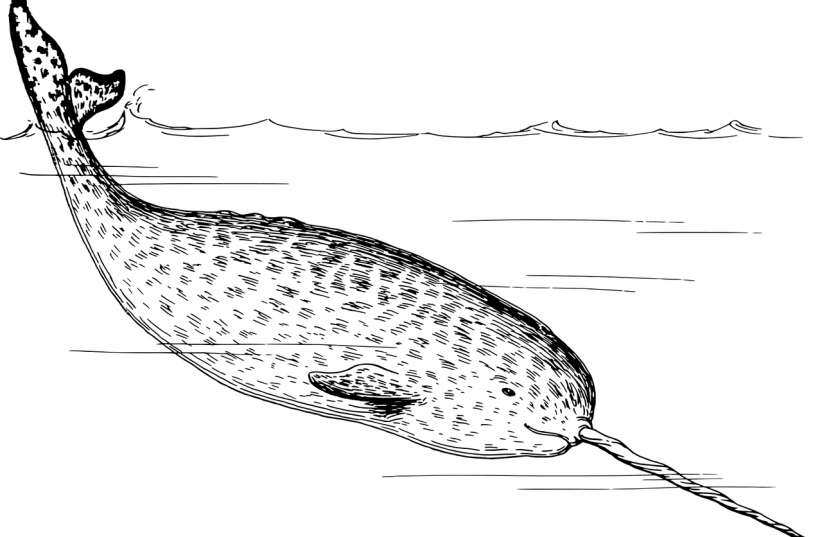There is a way to identify the causation of irregular patterns in animals, recent research shows through using chaos theory mathematics to analyze data of an electronically tagged narwhal.
Research published in the peer-reviewed journal PLOS Computational Biology provides a way to detect structures within the diving patterns of marine animals through the use of chaos theory.
“While animal-borne ocean sensors continue to advance and collect more data, there is a lack of adequate methods to analyze records of irregular behavior,” writes lead author and Hokkaido University geophysicist Evgeny A. Podolskiy.
What is chaos theory?
Chaos theory is similar to that which it sounds. The theory is a branch of mathematics that deals with the unpredictability of events, helping identify uncertainties, and focuses on systems that were once thought to have random irregularities and states of disorder.

The mathematics developed through chaos theory can interpret chaotic behavior in dynamic systems, identifying important patterns that would otherwise be hard to determine.
After monitoring an electronically tagged narwhal for 83 days, Podolskiy, along with Mads Peter Heide‐Jørgensen, noticed irregular diving and surface resting behavior. They used the mathematical equations of chaos theory to analyze this data with the hopes of uncovering the cause of this behavior.
Narwhals are relatively small whales, most known for their dives to extreme depths. They are one of the most endangered species in the Arctic. Contributing to their decline are climate change, predation, and human activity.
Podolskiy and his team wanted to understand the full extent of the electronically tagged narwhals' behavior. In order to do so, they used signal processing, converting data to be seen in a way that isn't possible through direct observation, and biologging, the logging of an animal through attaching a tag.
The findings revealed features of narwhal behavior that had never been recognized before, discovering a daily pattern of narwhal activity and how it is affected as the seasons' change. For example, it was shown that increased sea ice is correlated with more intense diving because it limits the narwhal's surface activity.
“Our approach is relatively simple to implement and can map and label long-term data, identifying differences between the behavior of individual animals and different species, and also detecting perturbations in behavior caused by changing influences,” Podolskiy and Heide‐Jørgensen suggest.
Furthermore, the researchers anticipate that this new method will provide information that can save animals in the face of extinction.
“Together with recent advances in machine learning toward the improvement of classical embeddings by increasing dimensionality and retrieving governing equations from data, there are many unexplored opportunities,” writes Podolskiy. “Extending this effort to all observed species may enable systematic and generalized investigations, as recently proposed for chaotic dynamic systems. This may allow a dynamic view of life, not only in the ocean.”
